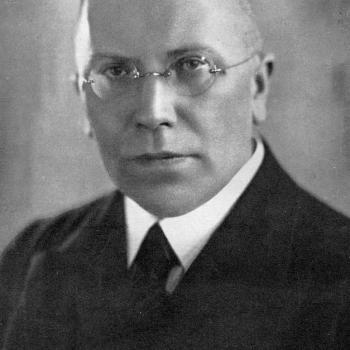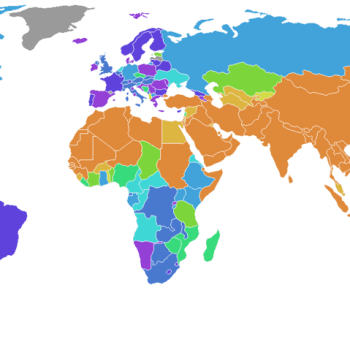Economics columnist Steven Pearlstein goes off on how super-thick clam chowder has replaced the thinner, more authentic version that is much tastier. In doing so, he makes some point about how markets actually work: not so much by fulfilling a consumer preference but by getting consumers to change their preferences. As when research showed that Americans like weak coffee, whereupon Starbucks–going in the opposite direction–taught Americans to like strong coffee.
My search for a decent bowl of clam chowder got me thinking about consumer preferences — how they are established, how they are reinforced by market competition and how they change over time.
One of my first calls was to Greg Carpenter, a marketing professor at Northwestern University’s Kellogg School of Management. Carpenter explained that the way most of us think and talk about market competition is based on something of a mythical model in which consumers know what they want in a product and companies engage in a continuous battle to satisfy those preferences with better and better offerings.
In fact, Carpenter says, most of our preferences are learned and largely formed by social norms and expectations that producers have a strong hand in shaping. Moreover, such preferences are anything but fixed, susceptible to changes in technology, culture, fads and the business strategies of companies competing in the marketplace.
Our notion of what a “family car” ought to be used to be a station wagon. Then it was the family van. Now it is an SUV.Or take coffee. For a long time, the market and all the consumer research suggested that Americans preferred weak coffee, and there were basically a handful of coffee companies, led by Folgers and Maxwell House, that offered products within a narrow range to provide it. Of course, that was until Starbucks came along and demonstrated that maybe our preference for weak coffee wasn’t as fixed as everyone thought.
Our wine preferences have also developed along lines that have caught the industry by surprise. According to Alexander Chernev, another Kellogg marketing professor, the conventional wisdom was that wine was an “aspirational” product that allowed people to see themselves as worldly and sophisticated. In that context, people tended to prefer wines produced in good years from small vineyards in France or the Napa Valley, where everyone knew the best wines were made.
At some point, however, Yellowtail and a few other Australian wines entered the market not only with new products but with a new social context for thinking about wine. Their idea was to relieve consumers of what for many was really the burden of having to know more about vintages and vineyards and grapes than they really did, or really wanted to, and then going through the hassle of wrestling the cork out of the bottle. Instead, they offered a standard chardonnay or pinot in screw-top bottles. What was once a wine negative — commonness, ubiquity — suddenly became a positive.
via Consumer conformity: Why we like thick clam chowder (and other inferior products) – The Washington Post.
What lesson could the church growth movement–which uses marketing research and marketing techniques to try to appeal to more religious consumers and to get them to come to a particular church–learn from this principle?















